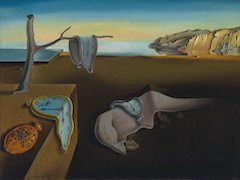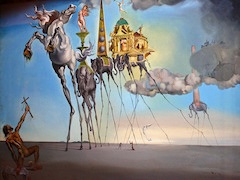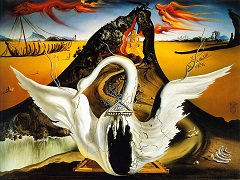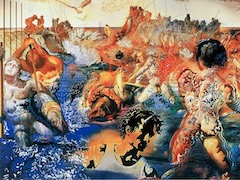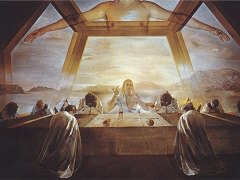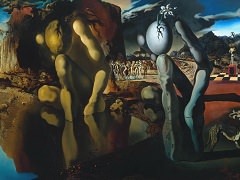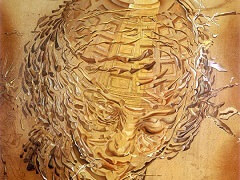Lobster Telephone, 1938 by Salvador Dali
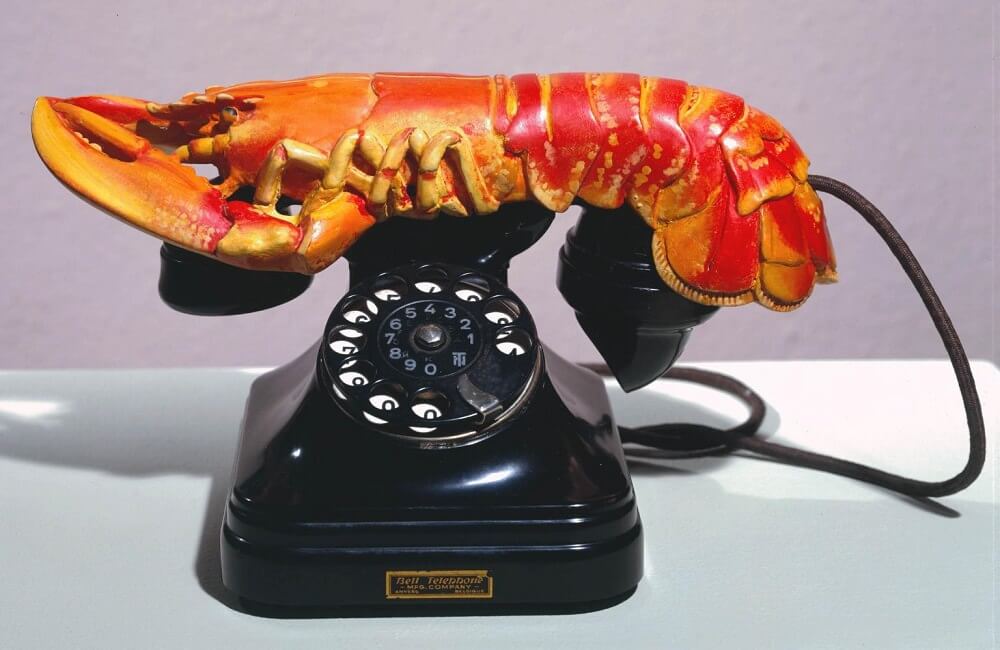
Lobster Telephone is one of the best-known icons of the 20th-century. A collaboration between Dali and his patron and co-creator, Edward James, the telephone emerged from a conjunction between the idea of the Surrealist object, which Dali had launched in 1931, and the exploration of interior design as a new and creative means of expressing Surrealist ideals. From this exploration grew paranoiac-critical environments, furniture, and Surrealist assemblages. Dali has been credited as a result, with "single-handedly bringing a new dimension, a new lift, to an aging Surrealism"
Lobster Telephone is made from the conjunction of items not normally associated with each other, resulting in something both playful and menacing. Dali believed that such objects could reveal the secret desires of the unconscious. Lobsters and telephones had strong sexual connotations for Dali. The telephone appears in certain paintings of the late 1930s, and the lobster appears in drawings and designs, usually associated with erotic pleasure and pain. For the 1939 New York World's Fair, Dali created a multi-media experience entitled The Dream of Venus, which consisted in part of dressing live nude models in 'costumes' made of fresh seafood, an event photographed by Horst P. Horst and George Platt Lynes. A lobster was used by the artist to cover the female sexual organs of his models. Dali often drew a close analogy between food and sex. In Lobster Telephone, the crustacean's tail, where its sexual parts are located, is placed directly over the mouthpiece.

